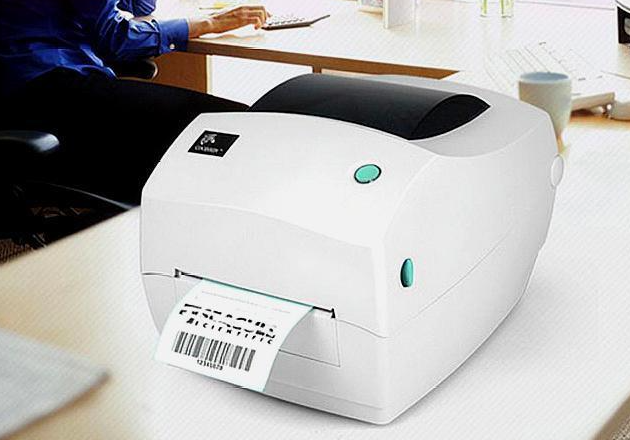What is heat transfer printing

Thermal transfer printing is a unique process that is unrivalled among other variable imaging technologies in barcode labeling solutions. Unlike any of its peers, thermal transfer printing offers fail-safe durability, versatility, and high-quality image output. This is why label printers often use heat-sensitive technology.
In a thermal transfer printer, the process does not take place on the substrate, but on the ribbon. When the ribbon and substrate come into contact with the print head, the heat from the print head melts the ink in the ribbon and releases (transfers) the ink directly onto the substrate. Inks used for this process are generally composed of wax, resin or wax/resin complex, depending on the project requirements. Wax tape is a less expensive and less durable labeling material that is better suited for short-term projects; Resin carbon tape is a quality transfer agent, is the best choice for long-term, high durability needs.
advantage
Thermal transfer printing produces dense, high-resolution images (in color or black and white) that can be used in a variety of media. Since the carbon strip is used as a transfer agent, the images produced by this process are highly chemical resistant and very durable. This helps improve the overall readability of printed labels, making them ideal for a variety of use cases such as product identification. Thermal transfer printers work at high speed and require little maintenance.
shortcomings
The main drawback to this technique is that each ribbon can only be used once. Thermal transfer ribbons can be easily disposed of and are relatively environmentally friendly to dispose of.
It is the most suitable solution for barcode label printing in the industry. The extremely versatile thermal transfer technology produces clear, elastic images on almost infinite substrates - a major requirement for most bar code projects, such as shipping labels. In order to guarantee absolute quality and reliability, there is no choice.